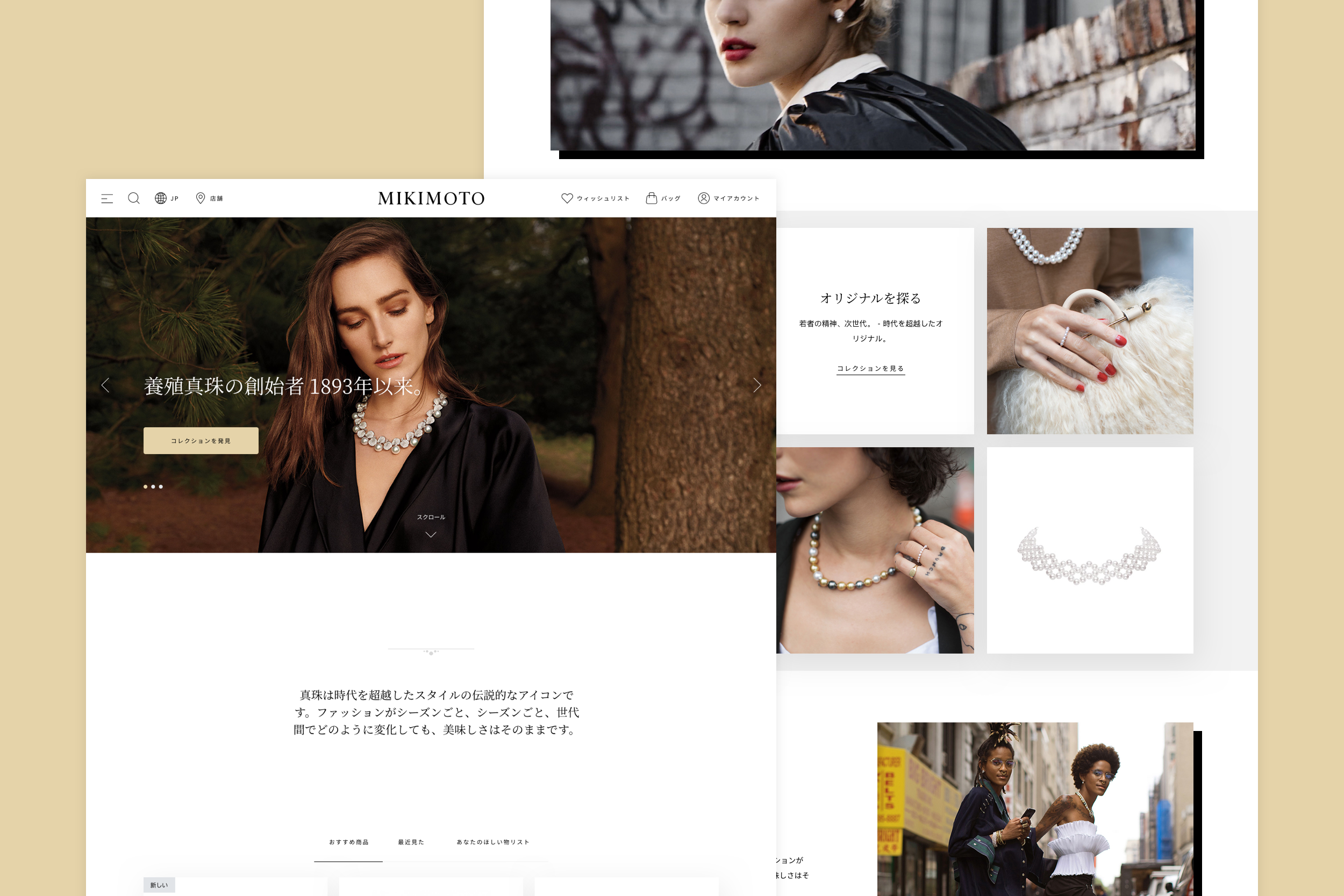
Mikimoto

Mikimoto Global Website Restructure
Challenge:
Mikimoto was operating 8 websites globally and using different systems to manage each properties. They wanted the ability to manage their global websites on one platform to maintain brand consistency and execute global promotions easily.
Objectives:
Increase brand awareness and value, increase online traffic, revenue, integrate the offline experience and online experience.
Timeline:
18 weeks, sprint approach
Activities:
Digital brand expression workshop
Experience measurement framework
Ethnographic research
Usability research
Design system and templates
Development support
Role:
Lead Creative Experience Designer
Mikimoto Website
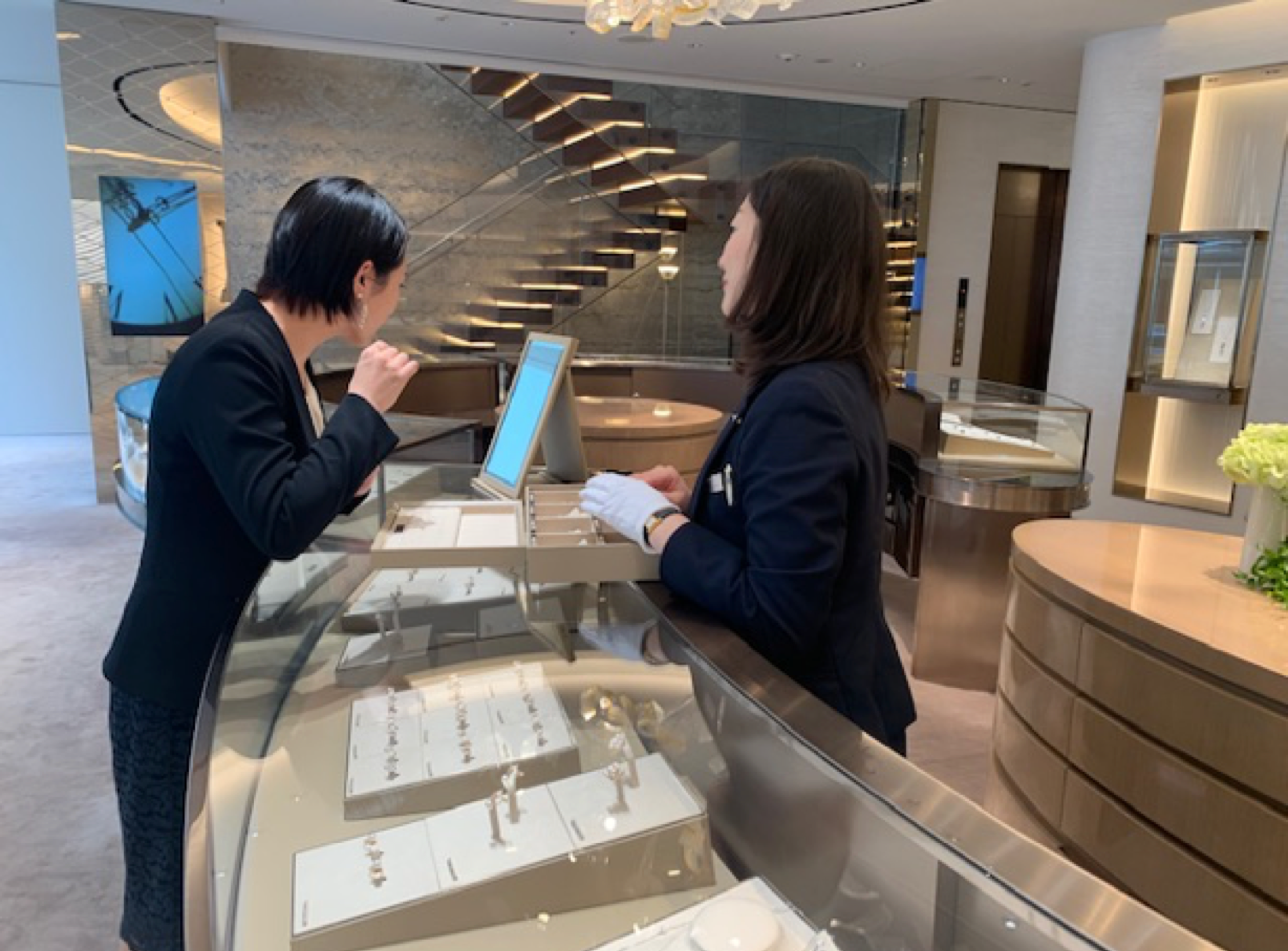
Qualitative Research
The research team went to Japan to perform ethnographic research in stores, with users and sales associates to help inform the sitemap, digital brand expression workshop and template designs. They performed in-store observations in New York and Tokyo. As well as an hour-long participant interviews with Japanese and American luxury jewelry buyers to uncover current pain points and areas of improvements.
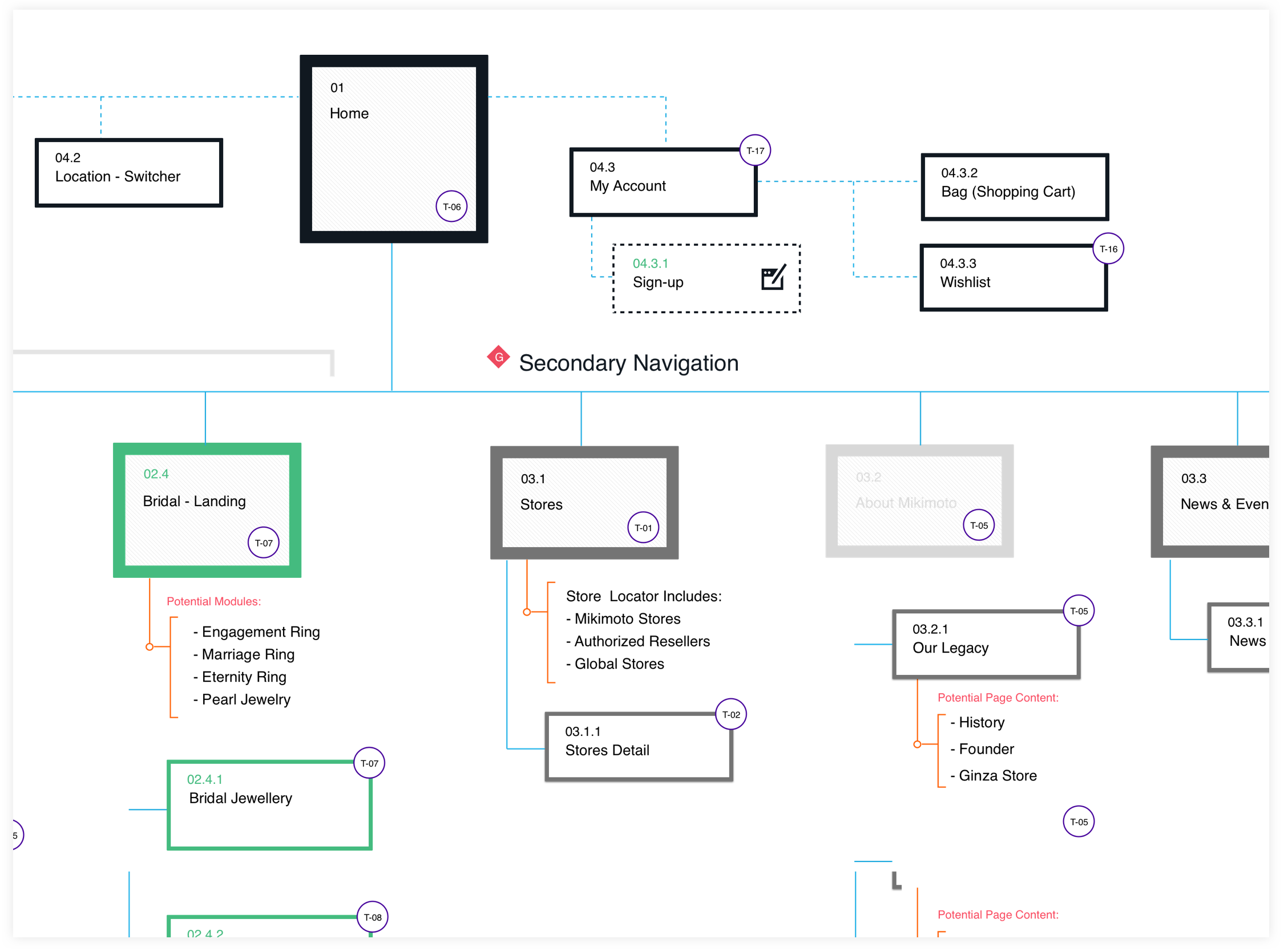
Information Architecture
Based on research findings, competitor audits, and KPIs, the design team came up with a sitemap to reflect online shopping behaviors and user expectations.
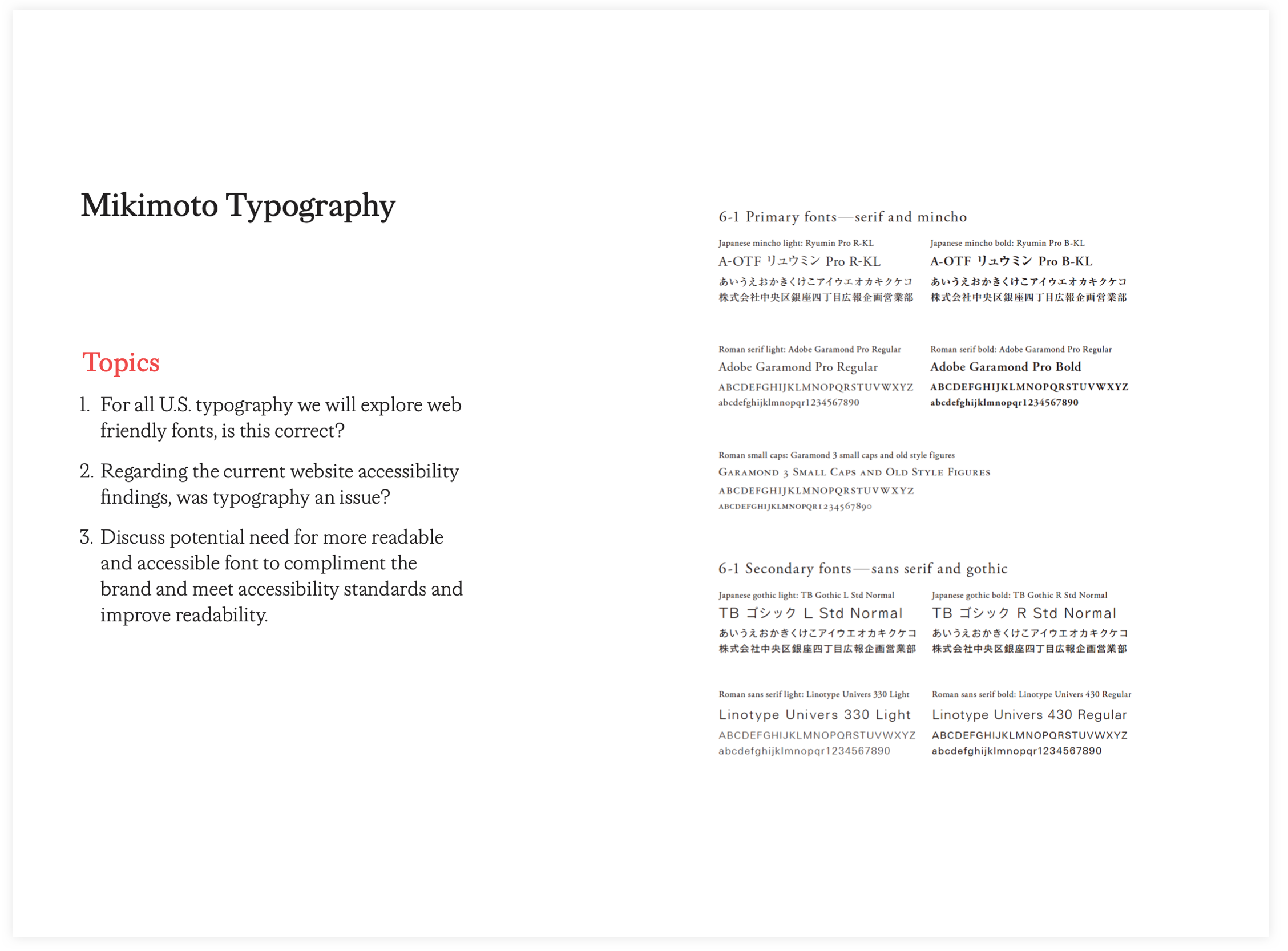
Digital Brand Expression Workshop
Once research wrapped up their ethnographic study, I started designing and creating the workshop we will be hosting for our Mikimoto stakeholders. In partnership with the research team and their participant interviews, this helps provide a starting point to discuss what the future of the website should look and feel like.
Workshop Activities:
Brand alignment, brand traits, brands admired, competitor analysis, and styles/tones alignment.
The image is an example of questions we ask during brand alignment activity.
Visual Explorations

Testing Design Flows
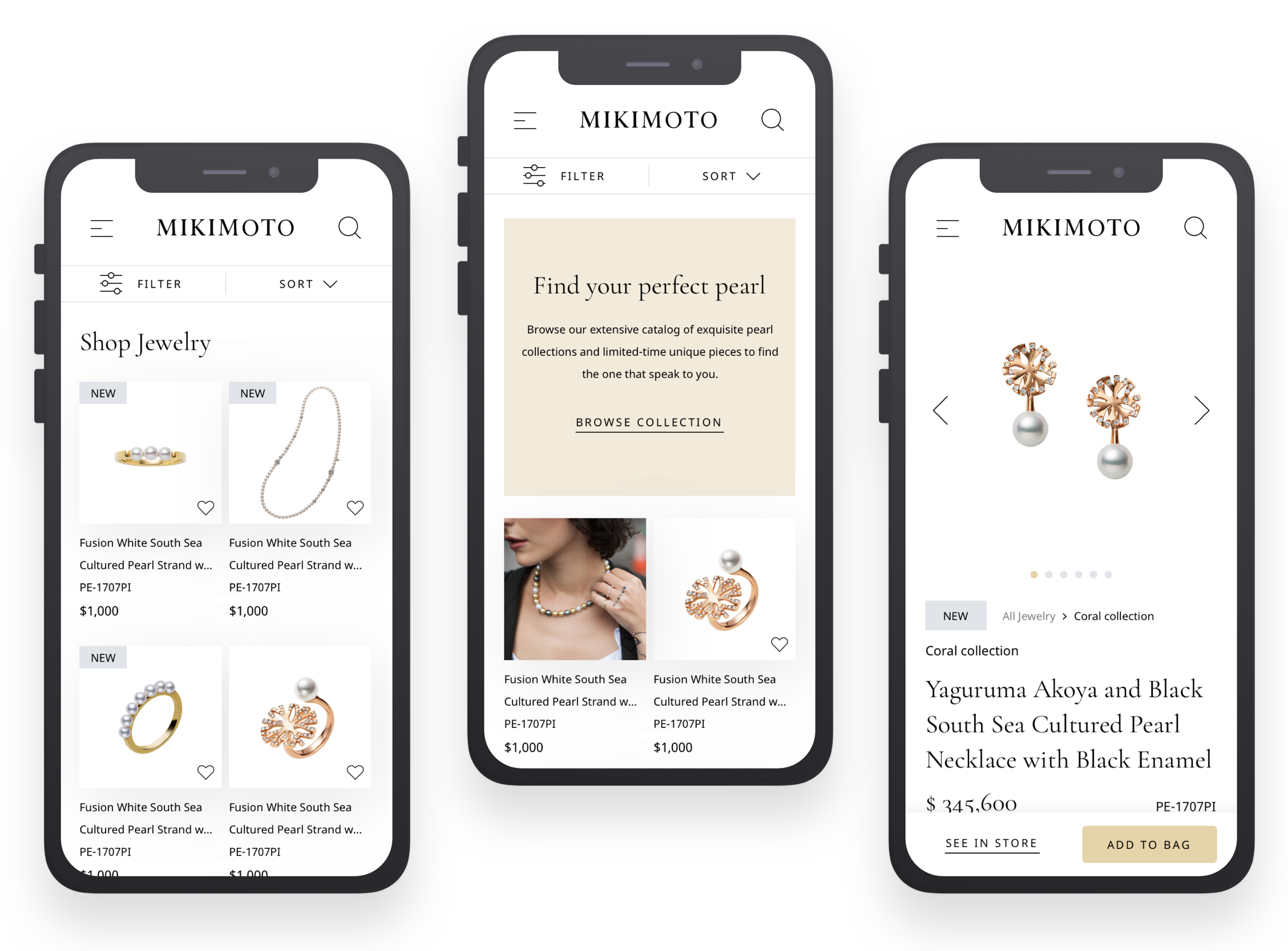
Can a shopper easily browse products and add item to cart?
One of Mikimoto’s goals was to integrate their offline shopping experience and create a seamless online experience for their customers. During usability testing, it was important to test the ease of browsing, adding item to cart, and making an appointment.
Top Findings
Most participants prefer to browse on mobile and save to a wishlist.
Customers want to purchase jewelry over $20k in-store.
Cash on delivery is common in Japan which needed to be accounted.
Jewelry images should also be shown on real people and on different skin tones.
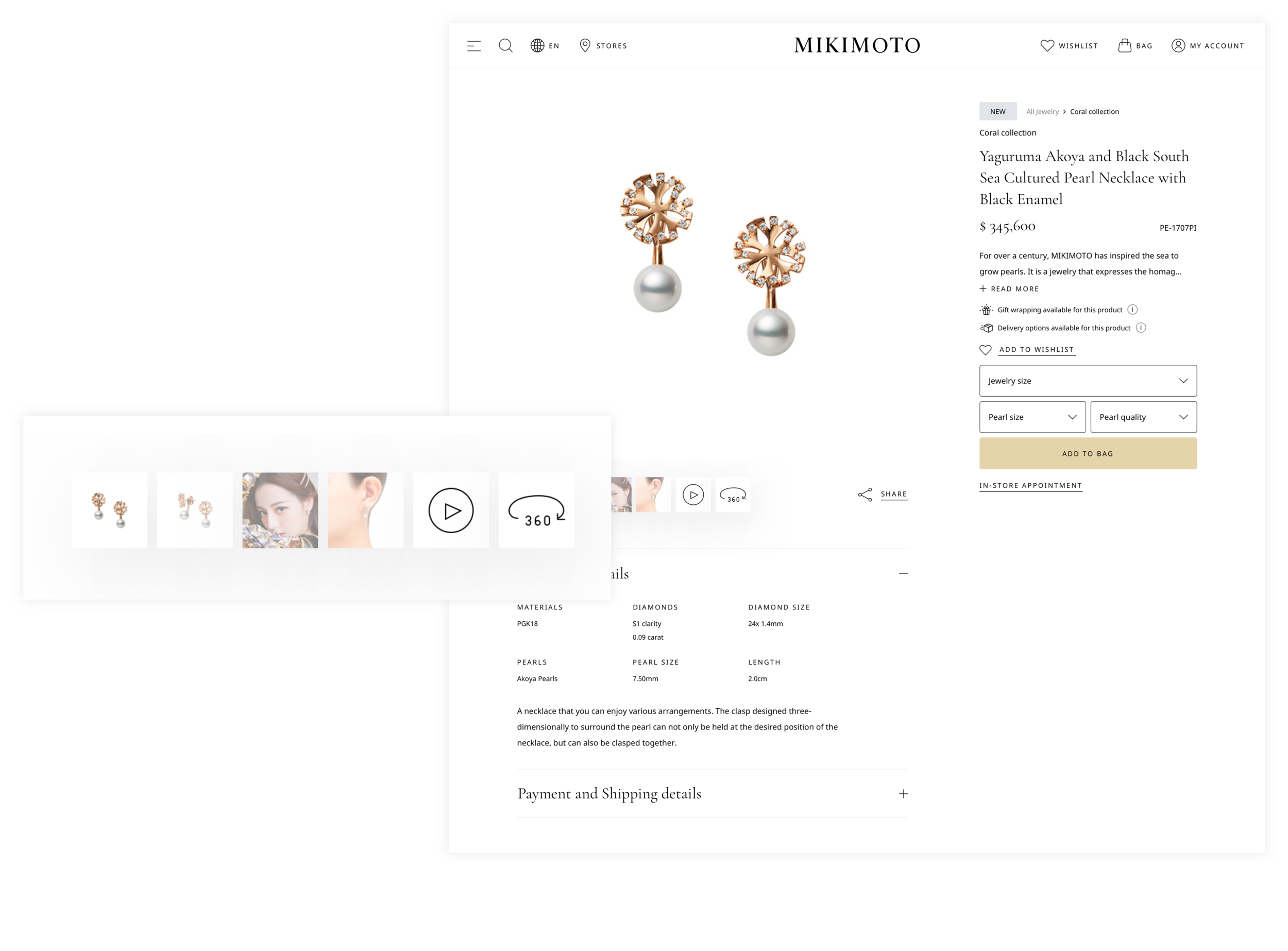
Challenges
During project kickoff, we learned that one of their challenges is showcasing the true luster of a pearl. How can we bring that experience offline and into the online shopping experience?
During the research phase, we performed current state usability testing on the current browse and add to cart flow to gather insights on how we can improve the shopping experience. Most of the customers wanted different views and larger product imagery. They also wanted to see what the jewelry looked like on a person so that they could imagine what it looked like on them.
After the first round of usability testing for the adding to cart flow we added multiple photos, product video and a 360 view to see if that would meet our customer needs. The 360 view solved the challenge of capturing the true luster of a pearl and met customer needs to see the product in full view.
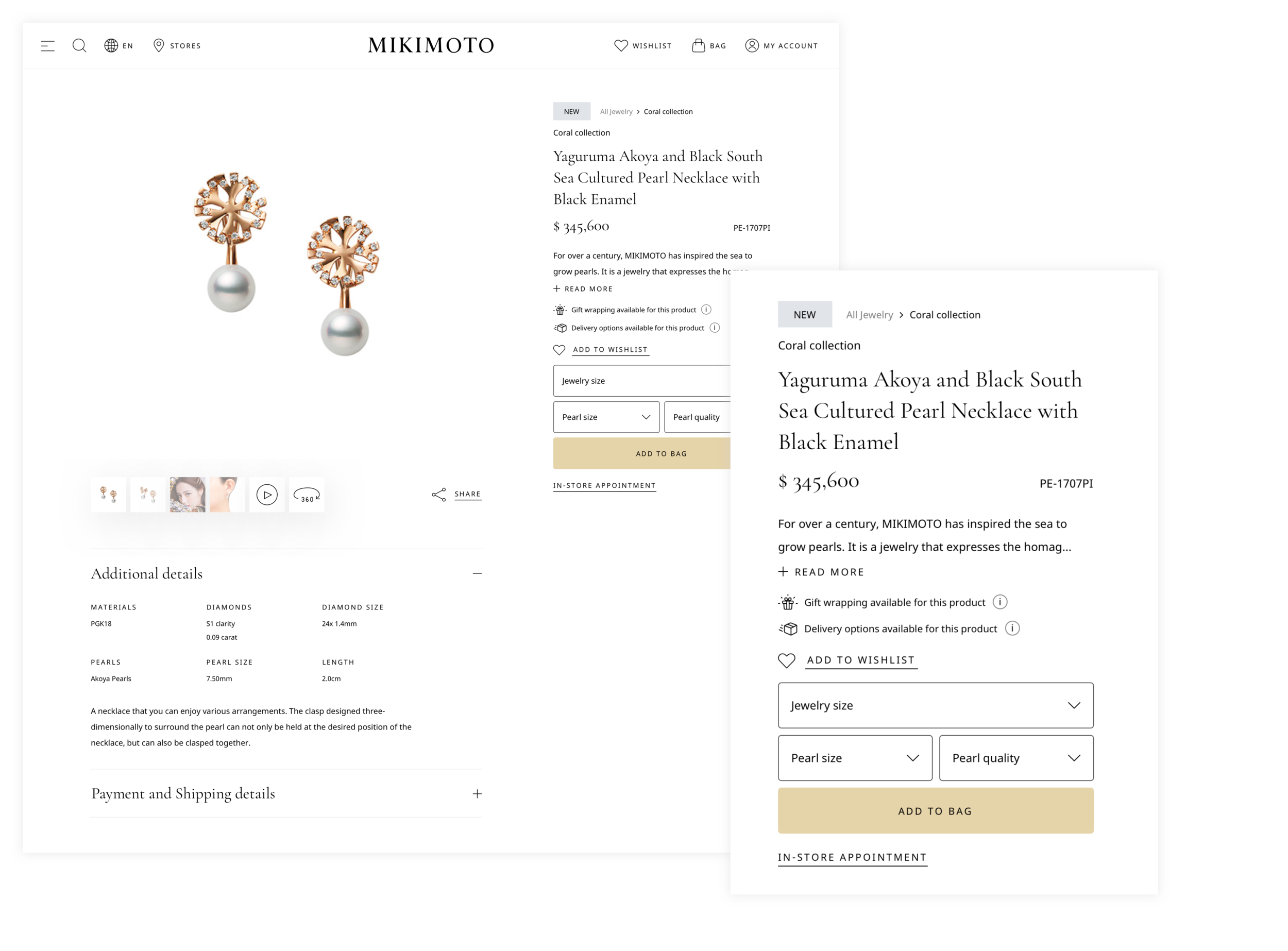
Enhancing the product detail page
Mikimoto’s current product detail page only had one product imagery and a small link to add to cart. During research, we found that the current content and flow was convoluted with information that didn’t matter to the customers.
As we looked back on our competitor audit and e-commerce best practices, we reorganized the product detail page to made sure these features were built in:
1. The product information and adding to cart sticks upon scroll.
2. Delivery options is easy to find. This was important because cash on delivery is common in Japan.
3. Booking an in store appointment can be easily found for customers who prefer to see and shop in store.
4. Gift wrapping is popular and important in Japan which also needs to be easily found before adding to cart.
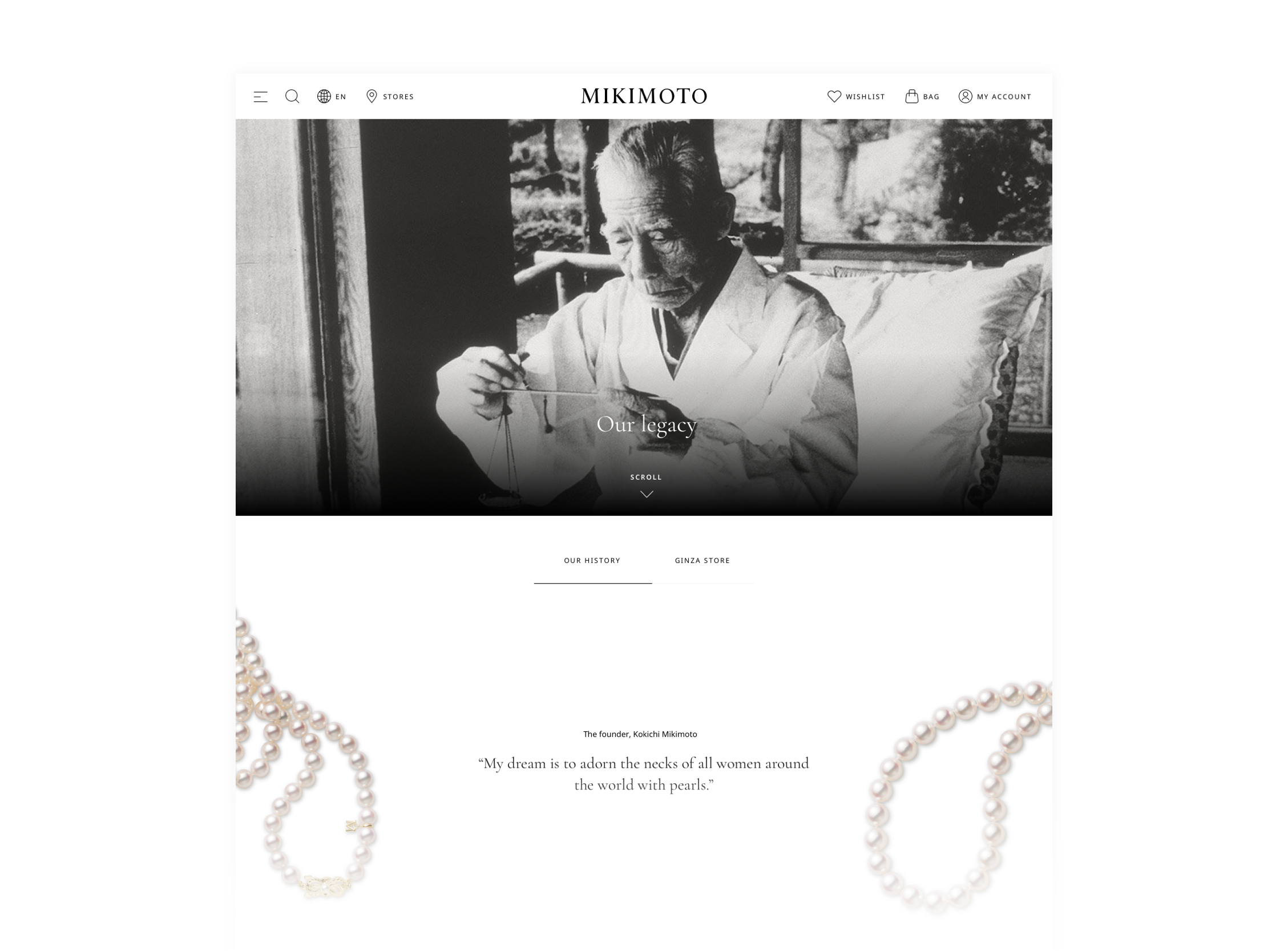
Conclusion
The global website restructure has been a huge undertaking to enhance the online shopping experience for Mikimoto and their customers. After the website launched, Mikimoto has increased their brand awareness through the new website update and data tagging strategy. The launch was successful in all global regions, which lead to more partnerships with Mikimoto to help drive additional digital transformation efforts.